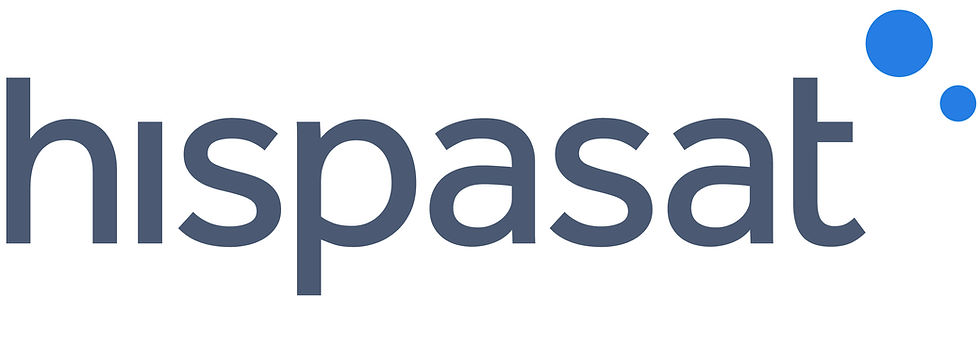Teledyne e2v part of UK collaboration to develop quantum technologies to measure atmosphere
- Satellite Evolution

- Nov 25, 2020
- 2 min read
Teledyne e2v’s Space & Quantum team, a part of the Teledyne Imaging Group, based in Essex in the UK are collaborating with STFC RALSpace and University of Birmingham in the development of the Cold Atom Space Payload (CASPA) Accelerometer.

The company was selected through the open competition for the 13th Earth Observation (EO) Technology Call, run by the Centre for Earth Observation Instrumentation (CEOI) on behalf of the UK Space Agency, for its submission of a proposal for a highly innovative space based instrument.
The CASPA Accelerometer project will develop a cold atom quantum instrument in an autonomous, low power, compact form factor, in preparation for a future space mission to take sensitive measurements of atmospheric drag.
The Earth’s upper atmosphere is a highly active region that plays a key role in the planet’s energy transfer, influencing climate and weather. Understanding the dynamics of the Earth’s upper atmosphere will rely on extremely sensitive measurement of the forces acting on a specially designed satellite as it passes through the rarefied atmosphere of Very Low Earth Orbit (VLEO).
The new accelerometers are based on an area of quantum technology that uses alkali atoms, which are cooled by lasers close to absolute zero, without the use of cryogenics. The sensors will enable a dramatic step forward in our understanding of upper atmospheric dynamics and drive advances in climate modelling, weather forecasting and satellite orbit prediction.
This project will build on Teledyne e2v’s previous work to build the Cold Atom Space Payload (CASPA) CubeSat, which demonstrated a cold atom trap and represents a major step toward using cold atoms for space applications.
This industrial and academic collaboration aligns strongly with the key objectives of the UK Space Agency EO technology strategy, and reinforces the UK’s position as a world leader in the provision of cold atom payloads and sensors for a new generation of Earth observation satellites.



Comments